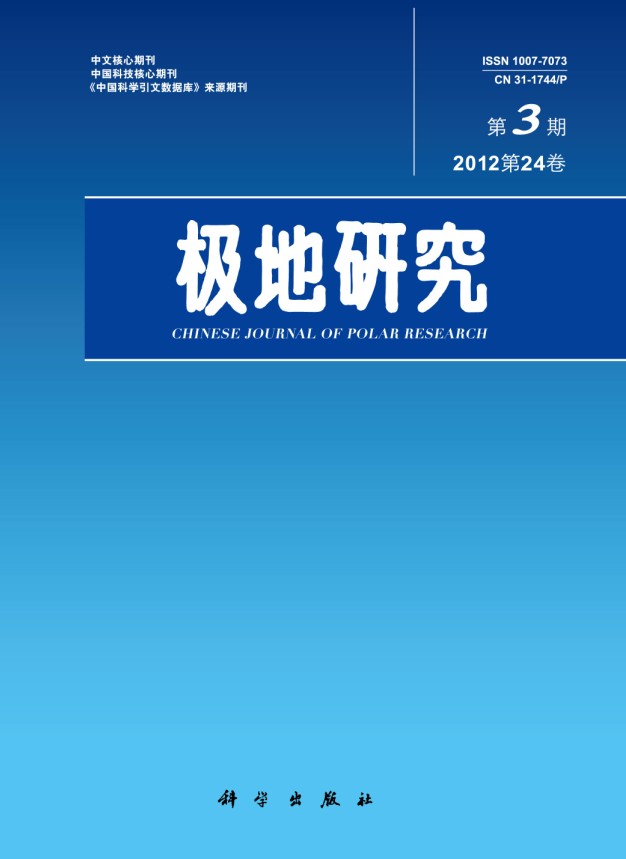|
|
CHANGING CHARACTERISTICS OF BACTERIAL COMMUNITIES IN SOILS IMPACTED BY PENGUIN AND SEAL EXCRETA, EAST ANTARCTICA
Ma Dawei,Zhu Renbin,Ding Wei,Chu Haiyan,Shen Congcong
2012, 24 (3):
226-237.
DOI: 10.3724/SP.J.1084.2012.00226
Antarctic tundra soils impacted by sea animal excreta are an important source of nutrients in terrestrial ecosystem. The bacterial community in the Antarctic tundra soils plays an important role in carbon and nitrogen cycles, but at present changing characteristics of bacterial community in the soils influenced by sea animal excreta have received little attention. In this paper, we investigated four penguin and seal colony soil profiles (DA1, DMG and DS, HS) from east Antarctica. Soil enzyme activity, microbial biomass C, microbial quotient, soil respiration, metabolic quotient and DNA concentration were measured from all the soil horizons and the composition of bacterial communities were simultaneously assessed through 16 S r DNA-DGGE. The objectives were to study changing characteristics of soils bacterial community and their relationships with environmental factors. Soil invertase, urease, phosphatase activities, microbial biomass, soil respiration and microbial quotient decreased with depths, however, metabolic quotient increased, indicating that the microbial environment became worse, which caused bacteria species, quantity, enzyme secretion decreases, and the energy required by the microbial community for its growth and maintenance increased from the surface to the deeper horizons. Soil DNA concentrations were highly relevant with pH, moisture content, TOC, TN, microbial biomass C, soil respiration and enzyme activity, indicating that those environmental factors greatly affects bacteria abundance. DGGE analysis reflected the high bacterial community structure in East Antarctic tundra soils, lane numbers and type brightness decreased with depths. Clustering analysis showed that the differences between lane types were significant in four profiles with the depth, bacteria genetic similarity was 46%, and bacterial community in penguins, seals colony soil showed a significant difference.Penguins and seals excreta play an important role in the change of soil bacteria community diversity in east Antarctica.
References |
Related Articles |
Metrics
|

